How Is a Microprocessor Different From an Integrated Circuit [Microprocessor vs Integrated Circuit]
Update Time: Nov 06, 2023 Readership: 579
Contents
The advent of integrated circuit chips has completely transformed the embedded systems, bringing about revolutionary advancements in today's tech world. This innovation involves the highly integrated incorporation of transistor circuits onto a single chip, providing electronic developers with unprecedented opportunities to create advanced computing devices such as laptops and smartphones. When it comes to the operation of embedded systems, we often encounter two key components, namely integrated circuits and microprocessors. These two components play crucial roles in embedded systems, each possessing unique characteristics and functions. So, what are these components and how do they differ? In this article, we’ll take a closer look at their differences.
What Is a Microprocessor
A microprocessor is a central processing unit composed of one or a few large-scale integrated circuits and is the core component of an embedded system. These circuits perform the functions of control components and arithmetic logic components. In fact, the microprocessor is the "brain" of the embedded system, which is responsible for coordinating and executing various tasks of the system.
Microprocessors have multiple functions, including fetching instructions, executing instructions, and exchanging data with external memory and logic components. It can perform a variety of computing operations at extremely high speeds, from simple mathematical operations to complex logical decisions.
In addition to its core computing functions, microprocessors can also work with memory and peripheral circuit chips to build a complete microcomputer system. This collaborative work enables embedded systems to process and store large amounts of data, communicate with external devices, and perform complex control tasks.
Reference: https://en.wikipedia.org/wiki/Microprocessor
Structure of Microprocessors
With the continuous advancement of integrated circuit technology, the structure of microprocessors has undergone significant evolution, successfully overcoming a series of physical limitations, making processor designs more complex and more powerful. These limitations include the number of transistors that can fit on the chip, the number of pins that connect the processor to the rest of the system, the number of interconnects within the chip, and the amount of heat that the processor can dissipate.
The original microprocessor may only include the basic arithmetic logic unit (ALU) and control logic parts. The ALU is responsible for performing addition, subtraction, and logical operations such as AND and OR. Each ALU operation sets one or more flags in the status register to indicate the result of the previous operation, such as zero value, negative number, overflow, etc. Control logic fetches the instruction code from memory and then coordinates the ALU to perform the required sequence of operations. An opcode may affect multiple independent data paths, registers, and other elements of the processor.
As integrated circuit technology continues to advance, increasingly complex processors can now be manufactured on a single chip. The size of data objects increased as more transistors were accommodated on the same chip, and word lengths gradually increased from the original 4- and 8-bit words to today's 64-bit words. In addition, the processor architecture adds many additional features. More on-chip registers speed up program execution and allow the use of more complex instructions, resulting in more compact programs. For example, floating point operations were generally not available on early 8-bit microprocessors and had to be simulated in software. Over time, floating-point units accelerated floating-point calculations, first as separate integrated circuits and then as part of the same microprocessor chip.
Sometimes, physical limitations of integrated circuits lead to practices such as the bit-slicing approach. This means that instead of processing all longwords simultaneously on one integrated circuit, a subset of each data word is processed in parallel, which requires additional logic to handle carry and overflow in each slice. Although additional logic is required to handle these details, the result is a system that can handle large data words, such as 32-bit words, using small integrated circuits (holding only four bits each).
It is now possible to integrate processor and memory on the same chip. The benefit of this internal cache (CPU cache) is that it can be accessed faster than external memory, helping to improve system performance for many applications. Since processor clock frequencies are increasing faster than external memory, cache is necessary to avoid delays in the processor waiting for slower external memory. This technology allows the processor to access data more efficiently, improving overall system performance.
Types of Microprocessors
Microprocessors can be broadly divided into three main categories: general-purpose high-performance microprocessors, embedded microprocessors and digital signal processors, and microcontrollers.
-
General-purpose high-performance microprocessor
First of all, general-purpose high-performance microprocessors are designed to pursue excellent computing performance and are usually used to run general-purpose software. Such processors are usually equipped with complex and powerful operating systems. These processors are at the heart of modern computers and are used to perform a variety of tasks, from mathematical calculations to graphics processing, and from multimedia applications to complex data analysis. Representatives of general-purpose processors include the central processing units (CPUs) of desktop computers and notebook computers.
-
Embedded microprocessors and digital signal processors
Secondly, embedded microprocessors and digital signal processors focus on providing high performance to solve application problems in specific fields. This type of processor plays a key role in consumer electronics such as cellular phones, CD players, and more. Some famous high-performance embedded processors include ARM, Am386EM, Power PC, MIPS, X86, i960, SH RISC, etc., while the processors used in handheld computers include PXA series, SH3, StrongARM series, MIPS, Dragon Ball series and OMAP series wait.
-
Microcontroller
Finally, microcontrollers are usually cheaper and have the greatest market demand. They are mainly used in automatic control equipment, such as automobiles, air conditioners, automatic machinery and other fields. The representative of microcontrollers is a single chip microcomputer. Its main feature is high integration, which makes the device small in size, low in power consumption and high in reliability. Compared with embedded microprocessors, microcontrollers pay more attention to the needs of self-control equipment, so they are widely used in the field of automation. Typical microcontrollers include 8051, PIC32, MCS-96/196/296, MCS-251, C166/167, P51XA, 68K series, C540, MCU 8XC930/931, C541, ARM7/9/10, STM32, AVR32, etc. .
What is Integrated Circuit
Integrated circuits (ICs) represent a revolutionary technology in modern electronics. It is a micro electronic device or component that uses a specific process to make various components required in the circuit, such as transistors, resistors, capacitors, inductors, and the wiring interconnections between them, into a small and precise semiconductor. on a wafer or dielectric substrate. The microcircuit chip is then packaged in a protective casing, ultimately forming a complete circuit structure with the required circuit functions. In an integrated circuit, all these components and circuit functions are physically combined into a whole.
Inventors of the integrated circuit include Jack Kilby and Robert Noyce, whose contributions have had a profound impact on the semiconductor industry. In particular, silicon-based integrated circuit technology has now become the main technology used in the semiconductor industry and is widely used in computers, communications, medical equipment, entertainment electronics and other fields. The emergence and continuous development of integrated circuits have had a profound impact on modern electronics and computing technology, providing key support for the miniaturization, high performance and intelligence of electronic equipment, and promoting the development of science and technology and society.
Different Types of Integrated Circuits
Integrated Circuits (ICs for short) can be divided into three major categories according to their functions and structures: analog integrated circuits, digital integrated circuits and digital/analog hybrid integrated circuits.
-
Analog integrated circuits
Analog integrated circuits, also known as linear circuits, focus on generating, amplifying, and processing various analog signals. These signals are continuous and their amplitude changes over time. Typical analog signals include audio signals, video signals, temperature sensor outputs, etc.
The main characteristic of analog integrated circuits is the proportional relationship between input and output signals, so they are widely used in signal processing, filtering, amplification, modulation and demodulation. Typical applications include audio amplifiers, RF tuners, analog sensor interface circuits, etc.
-
Digital Integrated Circuits
Digital integrated circuits are used to generate, amplify and process various digital signals. A digital signal is a signal with discrete values in time and amplitude, usually represented by a binary system. These circuits perform logical and arithmetic operations and are commonly found in computers, communications equipment, digital entertainment equipment, and more.
The main characteristic of digital integrated circuits is that they perform discrete operations, allowing the storage, processing and transmission of digital data. Typical applications include microprocessors, memories, digital signal processors, digital communication circuits, digital televisions, digital cameras, etc.
-
Mixed-Signal Integrated Circuits
Digital/analog hybrid integrated circuits combine elements of analog and digital circuits and are used to process analog and digital signals simultaneously. Such circuits are important in many applications, especially in communications, embedded systems, and sensors.
Hybrid digital/analog integrated circuits allow digital systems to interact with the analog environment, such as converting analog sensor data to digital signals, digitally controlling the operation of analog circuits, or transmitting digital data to analog outputs. This integrated capability is widely used in smartphones, automotive electronics, medical equipment and other fields.
How Integrated Circuits are Made
How Integrated Circuit Works
Integrated Circuit Function
|
Function |
Description |
Example Applications |
|
Signal Enhancement |
Amplifying voltage, current, or power of electrical signals to meet specific application needs. |
Amplifiers, Power Amplifiers |
|
Signal Amplification |
Amplifying weak signals to appropriate signal levels for further processing or control. |
Amplifiers, Audio Amplifiers |
|
Logic Operations |
Implementing logic operations, such as AND, OR, NOT gates, for processing and controlling digital signals. |
Digital Logic Gates, Microprocessors |
|
Memory Storage |
Providing storage functions, like Static Random Access Memory (SRAM) and Dynamic Random Access Memory (DRAM), for storing and retrieving data. |
Memory Chips, Cache Memory |
|
Clock and Timing |
Supplying clock signals and timing functions for synchronization and control of other circuits' operations. |
Clock Generators, Timers |
|
Communication and Transmission |
Enabling data communication and transmission functions, including serial communication, parallel communication, data conversion, for information exchange and transmission. |
Communication Chips, Data Converters |
|
Sensing and Detection |
Implementing sensing and detection functions, such as temperature sensors, light sensors, pressure sensors, for measuring and monitoring environmental parameters. |
Sensor Chips, Environmental Monitoring Systems |
|
Control and Driver |
Realizing control and driver functions, like motor drivers, LED controllers, for controlling and driving external devices. |
Controller Chips, Motor Drivers |
Microprocessor vs Integrated Circuit [IC vs Microprocessor]
A microprocessor is a type of integrated circuit, but not all integrated circuits are microprocessors. Integrated circuits (ICs) encompass a wide variety of electronic devices that can serve different functions, from amplifiers and logic gates to memory chips and sensors. A microprocessor, on the other hand, is a specific type of IC designed to function as the central processing unit (CPU) of a computer or embedded system.
Much like Professor X is a specific character in a broader fictional universe, the microprocessor is a specialized and intelligent component among the many integrated circuits available. It serves as the "brain" of circuits that require computational capabilities, executing instructions and controlling the operation of the devices it is embedded in. The key distinction is that while all microprocessors are integrated circuits, not all integrated circuits are microprocessors, as they can have various functions and applications.
Image of Integrated Circuit and Microprocessor (Microprocessor vs Integrated Circuit)
How Is a Microprocessor Different From an Integrated Circuit (Comparison Table)
|
Feature |
Microprocessor |
Integrated Circuit |
|
Definition |
A microprocessor is the central processing unit of a computer, used to execute computer programs and control computer operations. |
An integrated circuit is an electronic device that includes multiple electronic components (such as transistors, resistors, capacitors, etc.) integrated on a semiconductor chip for performing various functions. |
|
Function |
It performs arithmetic and logical operations, controls computer operations, interprets and executes computer programs. |
It can have various functions, including signal amplification, logic operations, storage, timing, communication, sensing, and control, among others. |
|
Application Area |
Mainly used in computers and embedded systems as the central processing unit. |
Widely used in various electronic devices and systems, including communication, control, sensing, storage, amplification, timing, and more. |
|
Complexity |
Typically has higher complexity, including multiple functional units, advanced instruction sets, and cache. |
Can have various levels of complexity, from simple analog circuits to highly complex digital logic circuits. |
|
Size |
Microprocessors are usually larger and require additional supporting circuits and components to perform computational tasks. |
Integrated circuits can be very small, consisting of just one semiconductor chip with a specific function. |
|
Chip Types |
Often a specific type of chip designed for general-purpose computing tasks. |
Can be various types of chips, including analog integrated circuits, digital integrated circuits, and mixed-signal integrated circuits. |
|
Operation Method |
Executes instructions and arithmetic logic operations, typically used for processing digital data. |
Can perform various operations, including amplifying analog signals, logic operations, storing digital data, sensing environmental parameters, and more. |
|
Typical Examples |
Intel's x86 series microprocessors, ARM architecture microprocessors, and more. |
Amplifiers, logic gates, memory chips, sensor chips, and others. |
Microprocessor vs Integrated Circuit
How Is a Microprocessor Different From an Integrated Circuit (Videos)
Final Words
Finally, the relationship between microprocessors and integrated circuits is akin to the intricate interplay of specificity and generality. The former represents a targeted and intelligent subset, while the latter encapsulates a wide spectrum of electronic components with diverse functionalities. Understanding this distinction is crucial for navigating the intricate landscape of electronic design and development.
Read More:
7404 Integrated Circuit (IC): Datasheet, Pinout, Pin Diagram, Truth Table
Photonic Integrated Circuit: Definition, Disadvantage, Fabrication, Application
What is Integrated Circuit Design?- How to Design?
7408 Integrated Circuit Datasheet: Pinout, Pin Diagram, Truth Table
Different Types of IC [Integrated Circuit]
Small Outline Integrated Circuit - SOIC
Hybrid Integrated Circuits (Hybrid IC): Definition, Examples, Uses & Advantages
IC 74192 UP/Down Counter Datasheet PDF, Circuit, Pin Diagram
IC 74190 Datasheet, Working, Features, Application
CD4017BE CMOS Counter: Circuit, Pinout and Uses [Datasheet PDF]
IC 7490 Decade Counter Datasheet: Features, Pinout, Circuit and Working
Extended Reading
 FAQ
FAQ
-
What is the purpose of an integrated circuit?
An Integrated Circuit (IC) can act as an amplifier, timer, oscillator, counter, microcontroller, computer memory, logic gate, or microprocessor, among other roles.
-
What are wafers used in integrated circuits?
Silicon wafers are a crucial component in the production of integrated circuits and semiconductor devices. These wafers are thin, typically circular, discs made from crystalline silicon. They serve as the foundational substrate upon which various semiconductor components and circuits are built.
-
What is the relationship between an integrated circuit and a microprocessor?
Microprocessors are a specific type of IC. ICs, or integrated circuits, are electronic devices that consist of multiple electronic components (such as transistors, resistors, capacitors, and more) integrated onto a single semiconductor chip. These components work together to perform various functions, and ICs can have a wide range of applications.
-
Are all integrated circuits microprocessors?
A microprocessor falls within the category of integrated circuits, but it's essential to recognize that not every integrated circuit is a microprocessor.
-
Does a microprocessor have memory?
Microprocessors do not typically have internal memory modules for storing application data. Instead, engineers need to connect the microprocessor to external memory storage devices, such as ROM (Read-Only Memory) and RAM (Random Access Memory), using an external bus.
-
Why is it called an integrated circuit?
In the early days of IC development, engineers and scientists found a way to create very thin paths of metal, typically using materials like aluminum or copper, directly on the same piece of semiconductor material as the electronic devices themselves. These thin metal paths acted as electrical conductors, essentially functioning as wires. This breakthrough allowed for the integration of an entire electronic circuit onto a single piece of solid material, where both the electronic components (such as transistors) and the connecting pathways (wires) were integrated into one cohesive structure. As a result, the term integrated circuit was coined to describe this new technology. The integrated aspect reflects the consolidation of various components and their interconnections onto a single semiconductor chip.
Popular Blogs
-
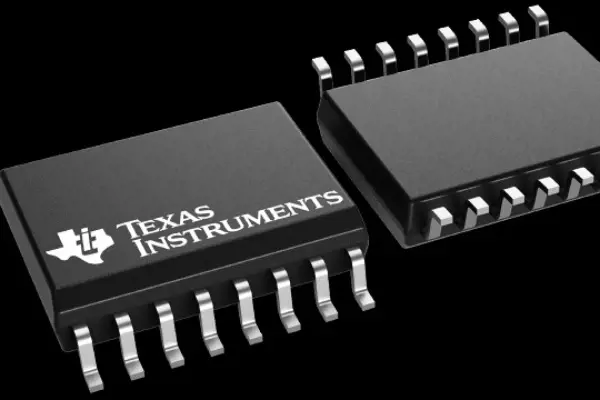
Small Outline Packag...
SOP (Small Outline Package) is a type of integra...
-
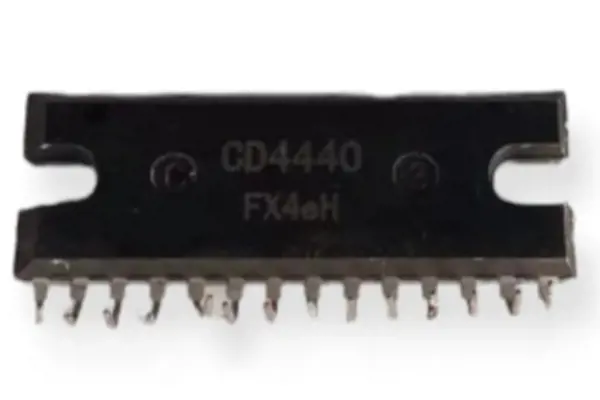
CD4440 IC: Datasheet...
The CD4440 IC is a stereo audio power amplifier ...
-
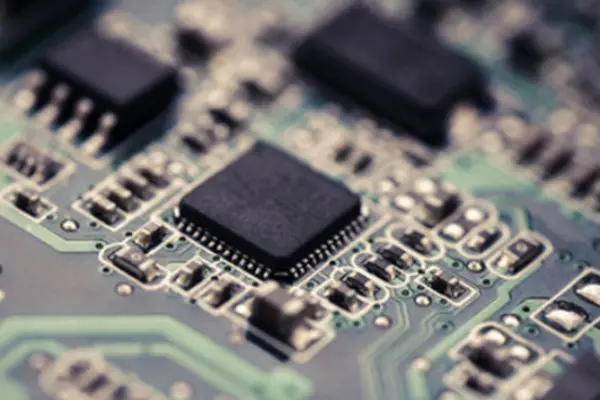
Advantages and Disad...
Operational amplifiers, or op-amps, offer a host...
-
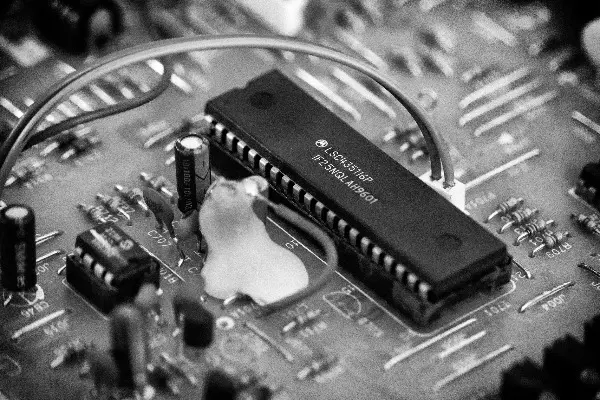
Dual Inline Package ...
Dual in-line package, also known as DIP package ...
Hot Products
-
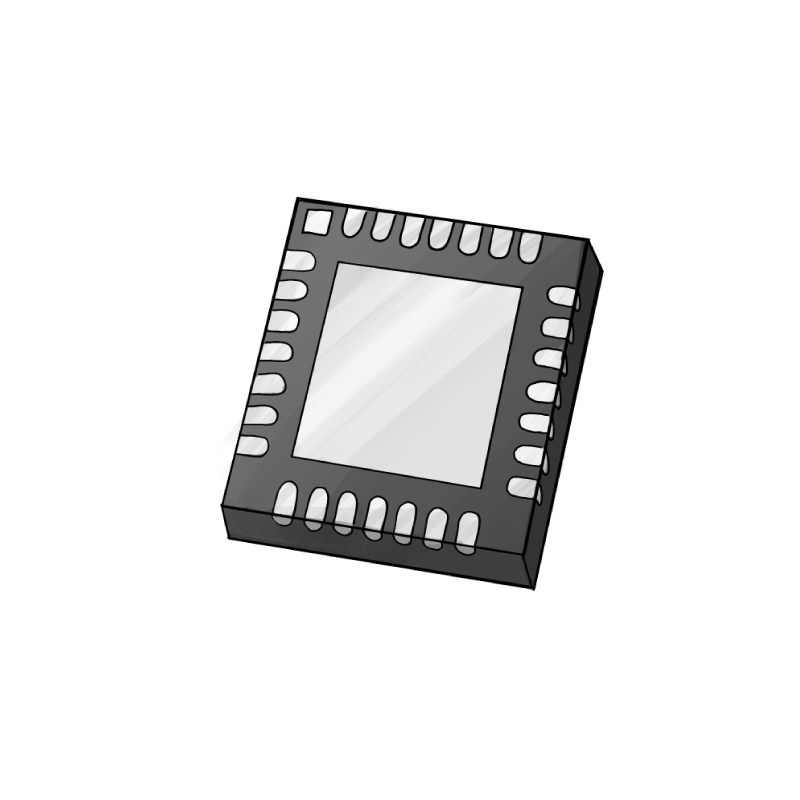
-
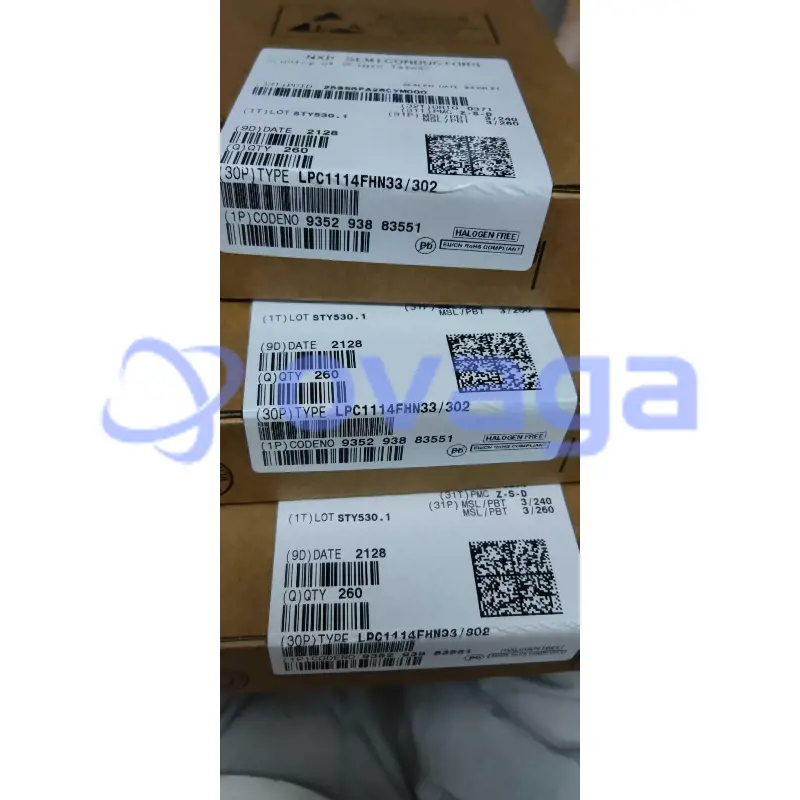
-
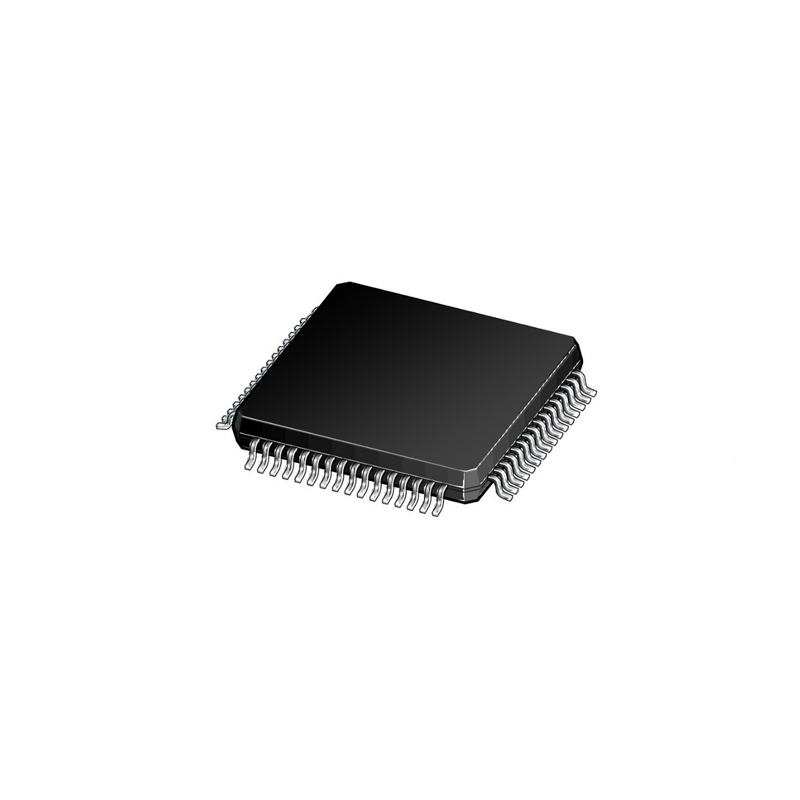
-
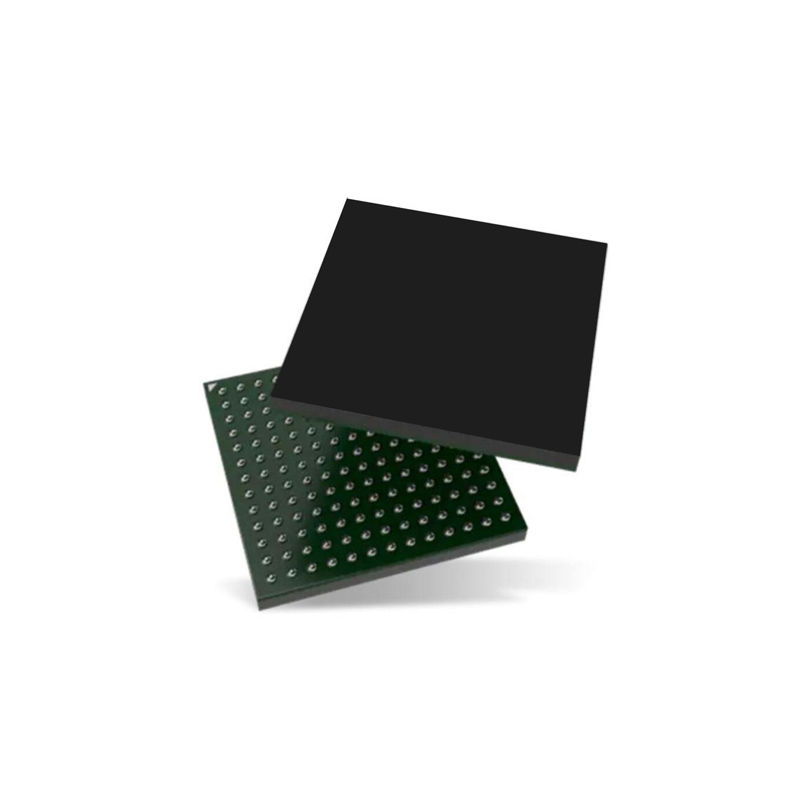
-
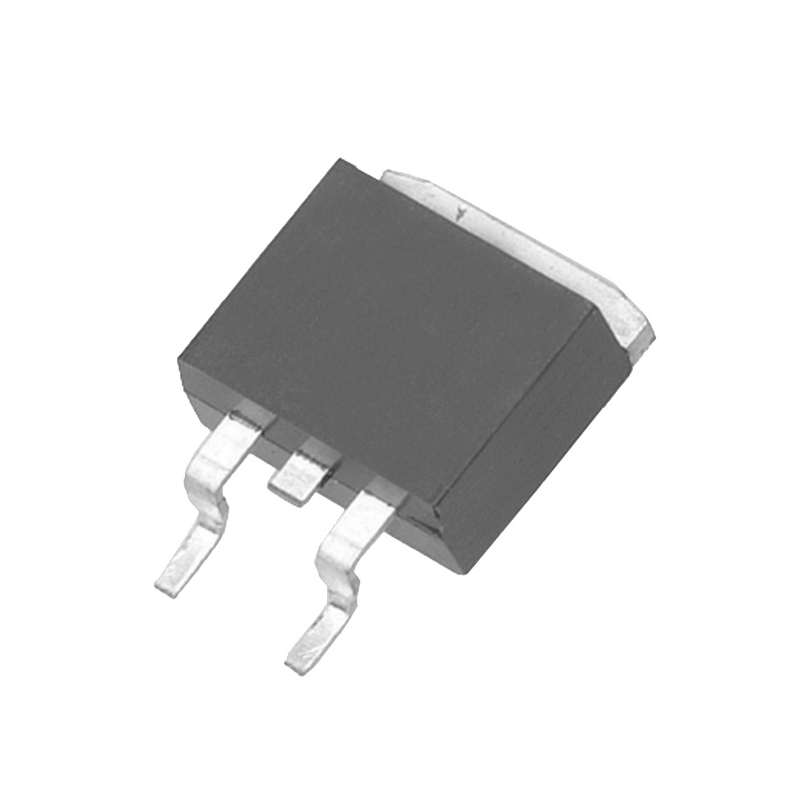
-
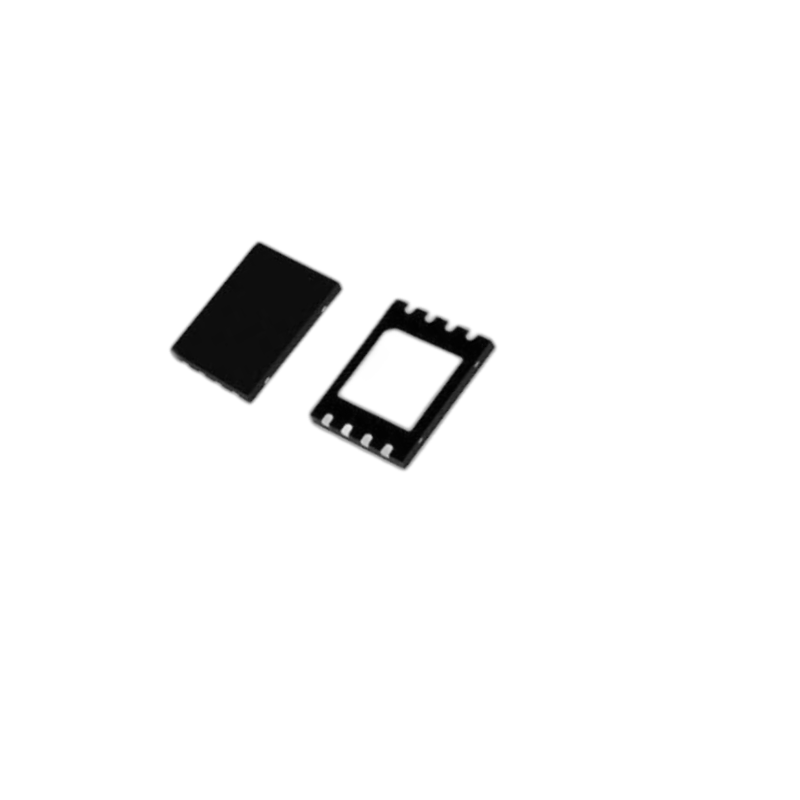
-

-
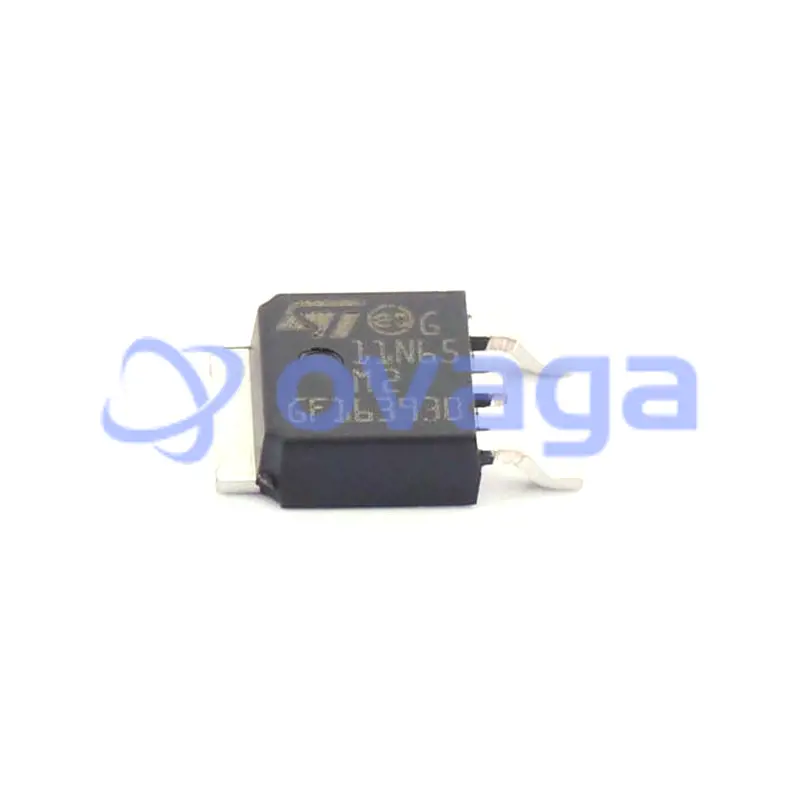
-
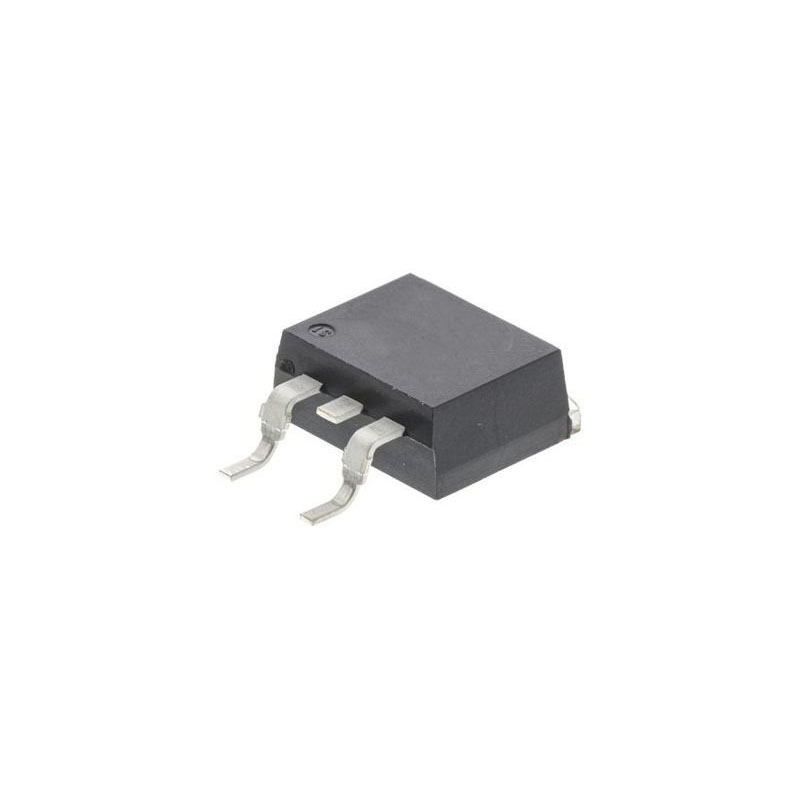
-

-

-

-

-

-

-

-
-
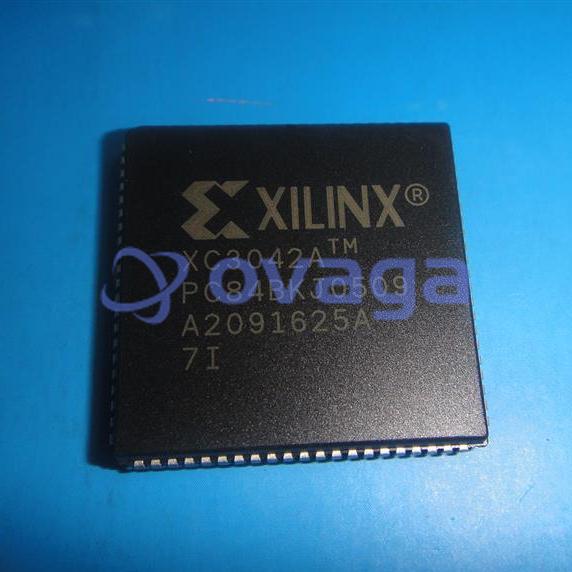
-
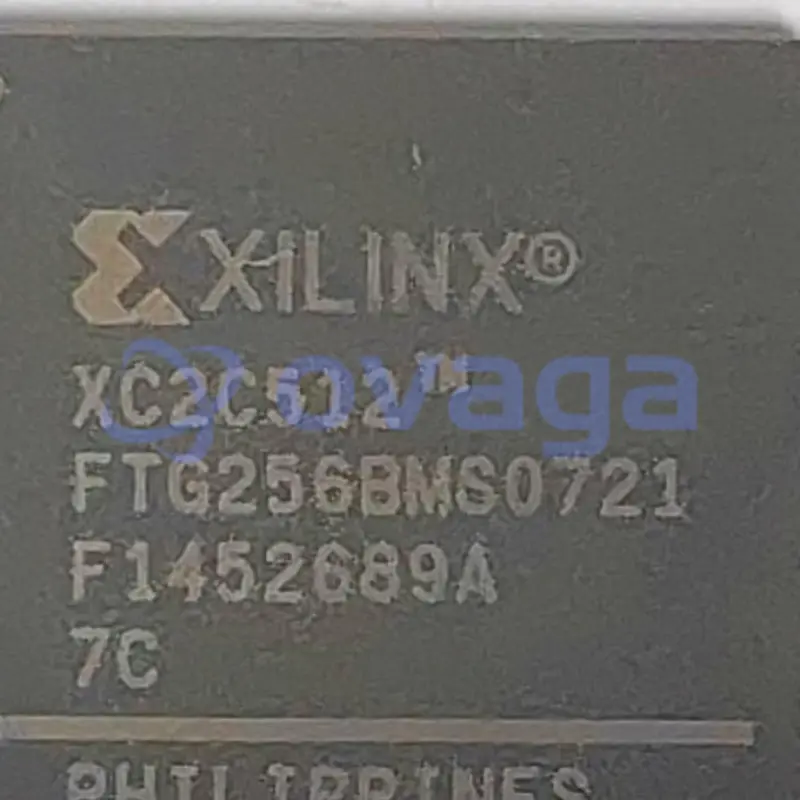
-
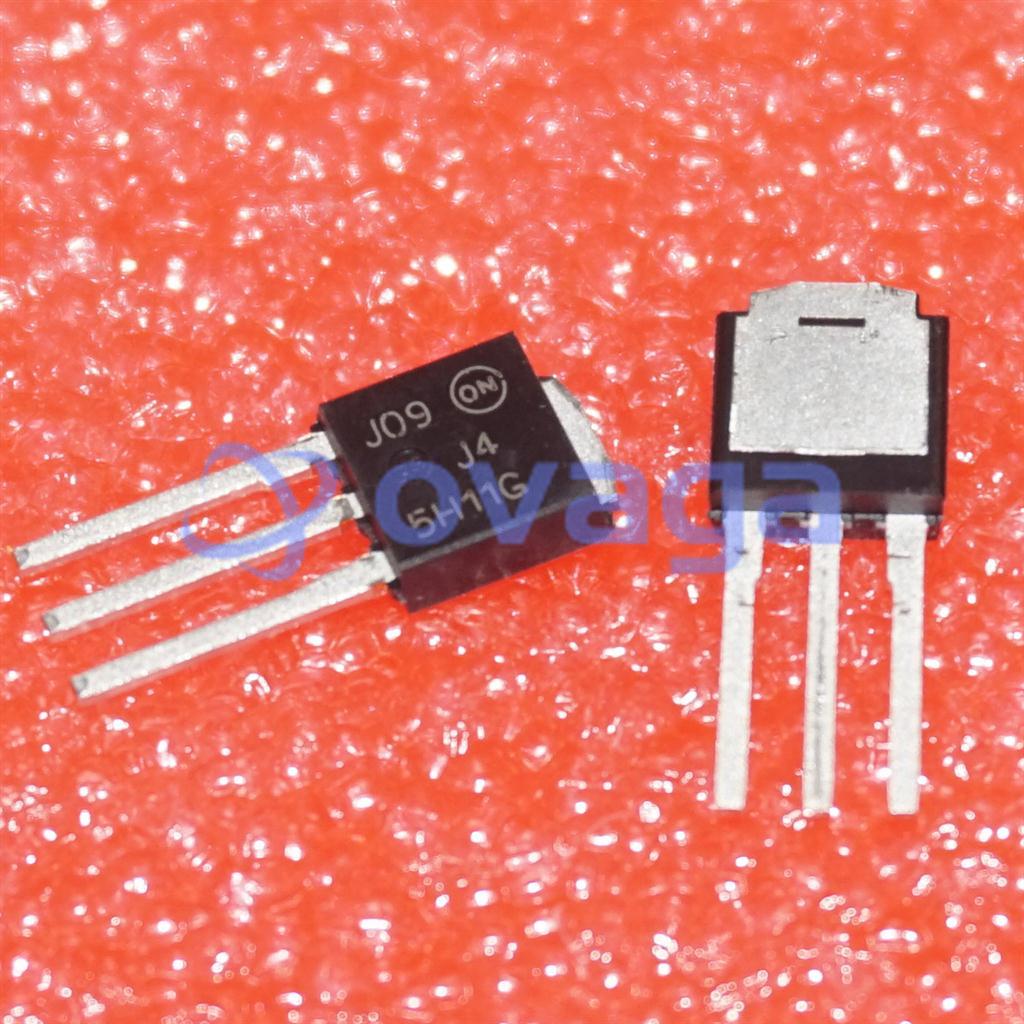
-
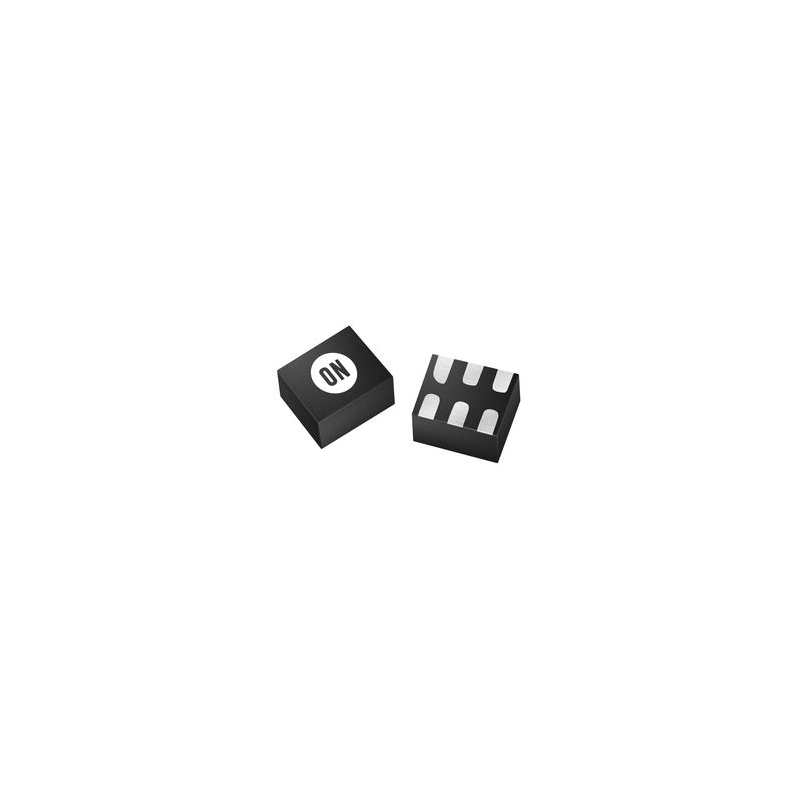
-
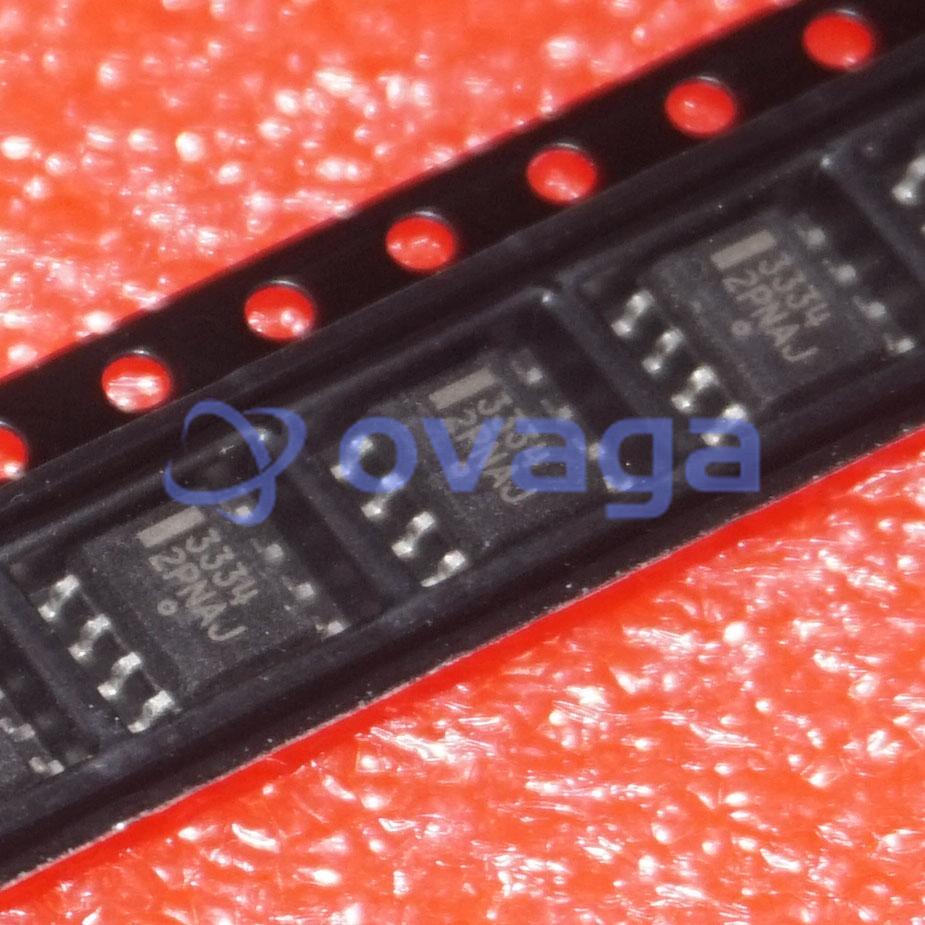
-
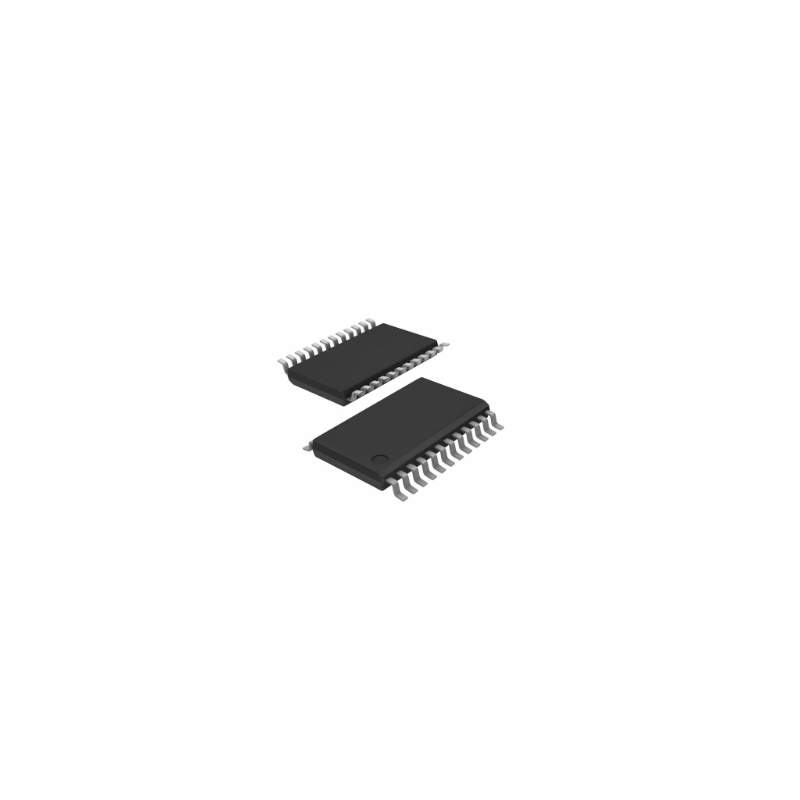
-

-
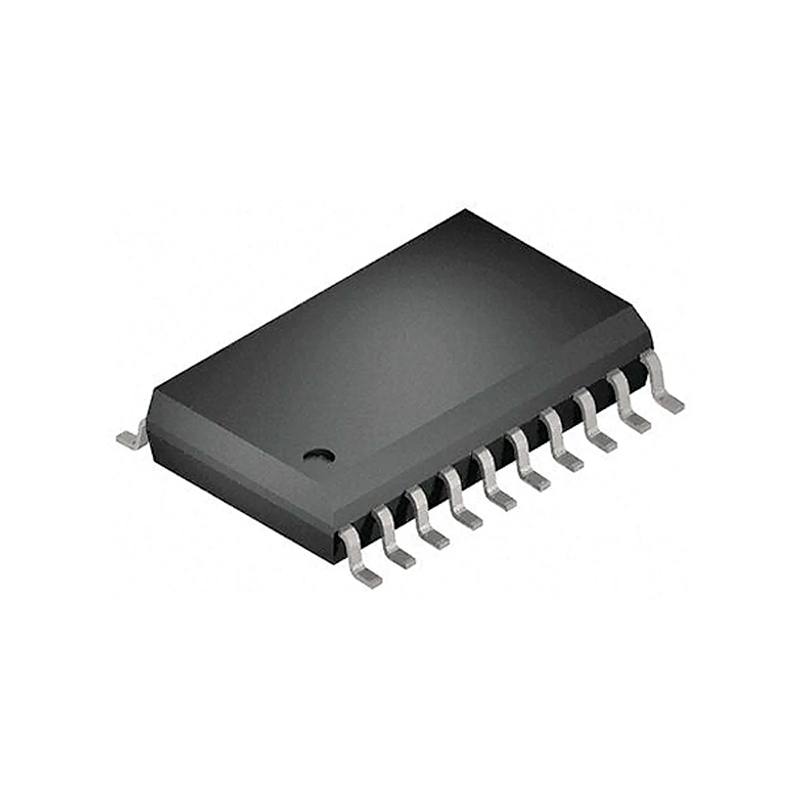
-
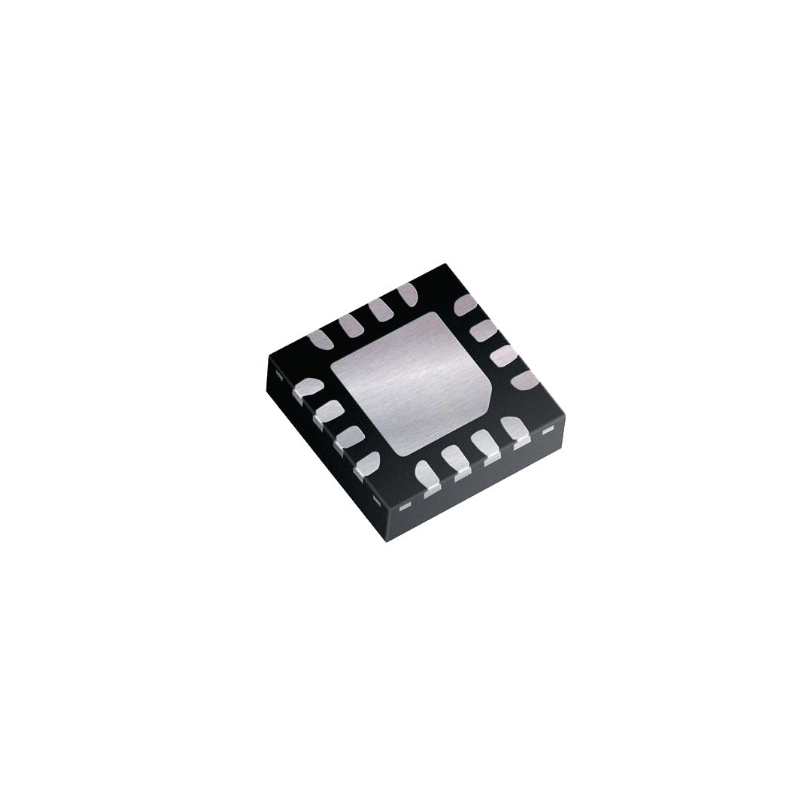
-
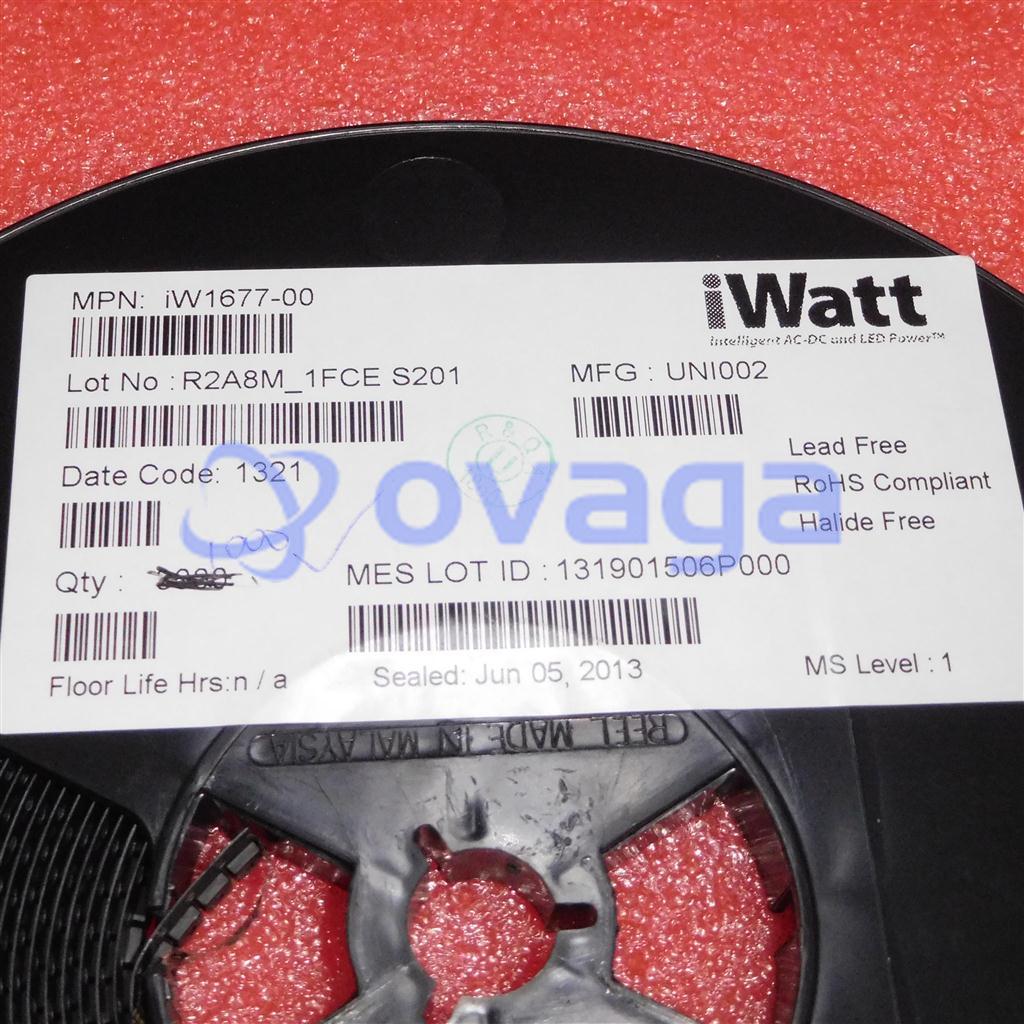
-
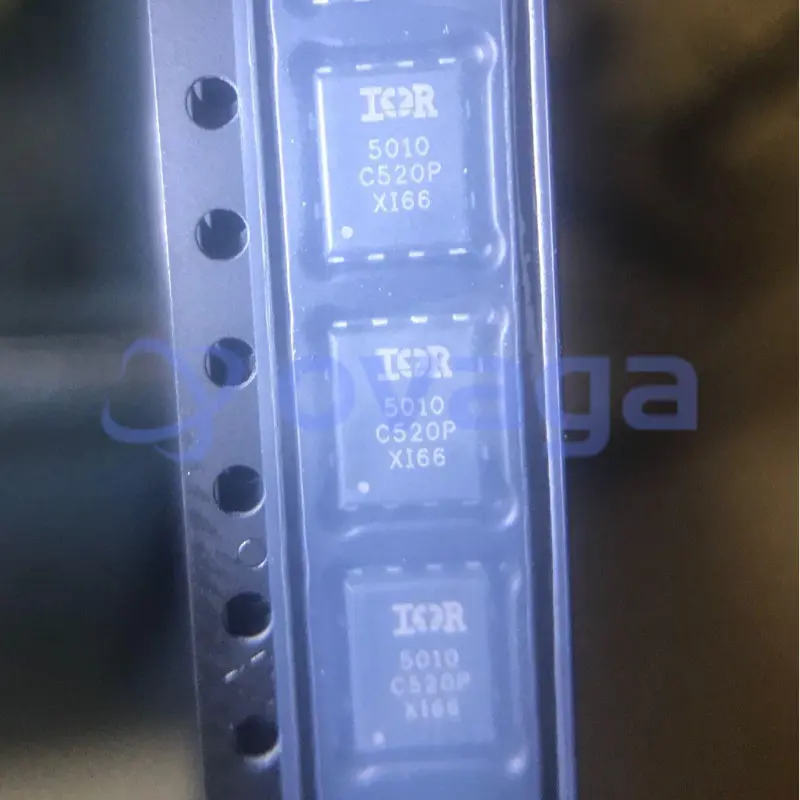
Infineon Technologies Corporation
100V Single N-Channel HEXFET Power MOSFET in a PQF...
-

Infineon Technologies Corporation
100V Single N-Channel HEXFET Power MOSFET in a D2-...
-
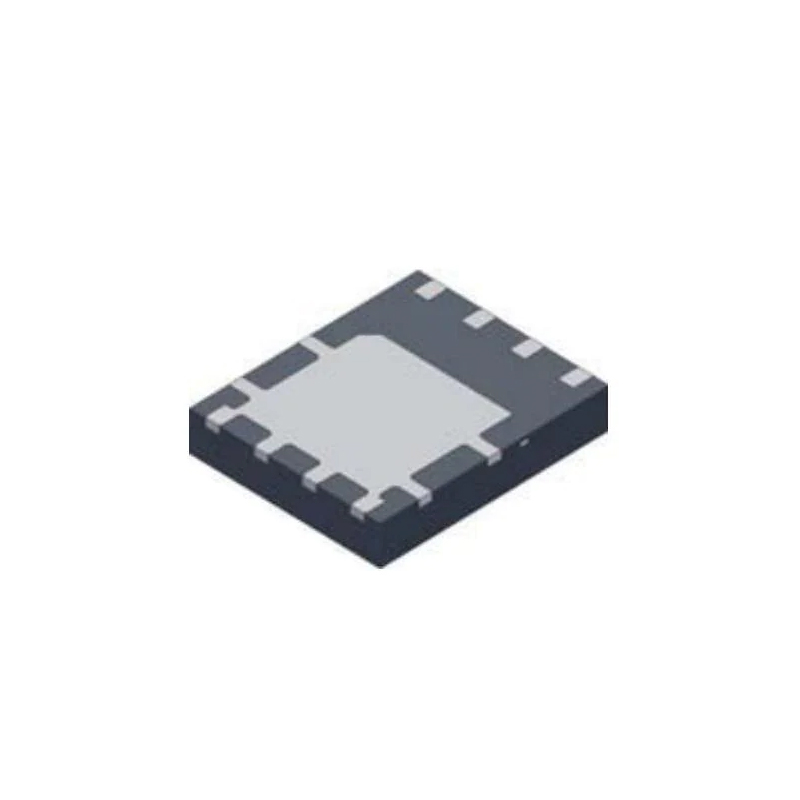
Infineon Technologies Corporation
150V Single N-Channel HEXFET Power MOSFET in a 5mm...
-
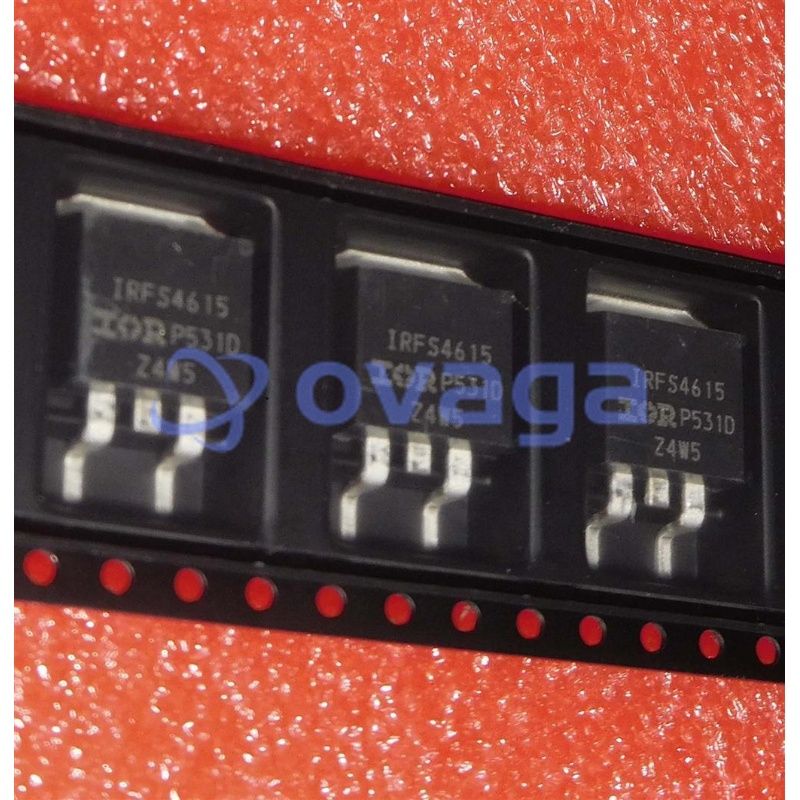
Infineon Technologies Corporation
150V Single N-Channel HEXFET Power MOSFET in a D2-...
-

Infineon Technologies Corporation
200V Single N-Channel HEXFET Power MOSFET in a D2-...
-
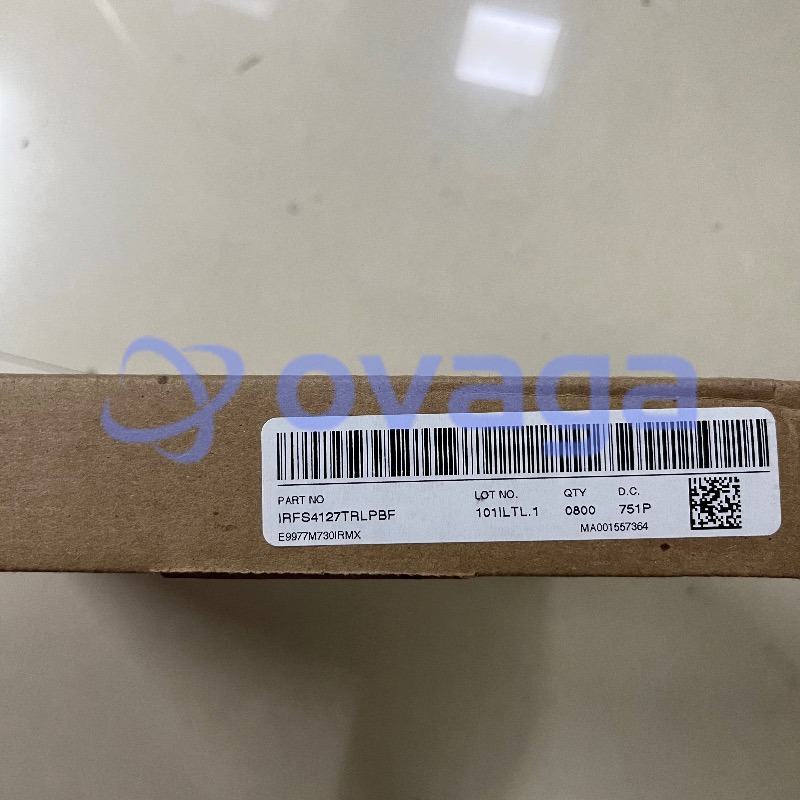
-

Infineon Technologies Corporation
250V Single N-Channel HEXFET Power MOSFET PDP Swit...
-
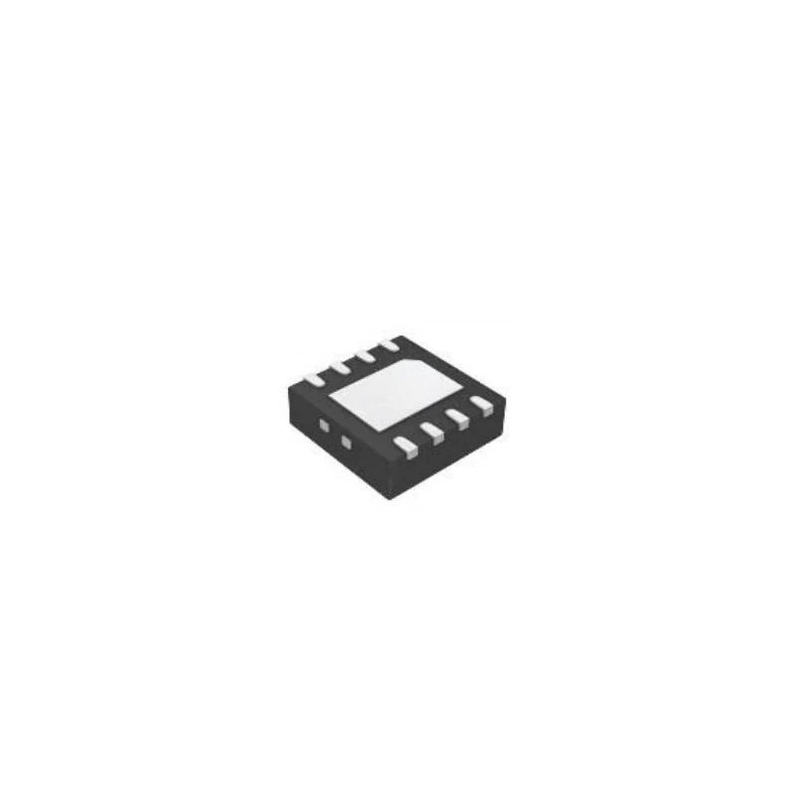
-
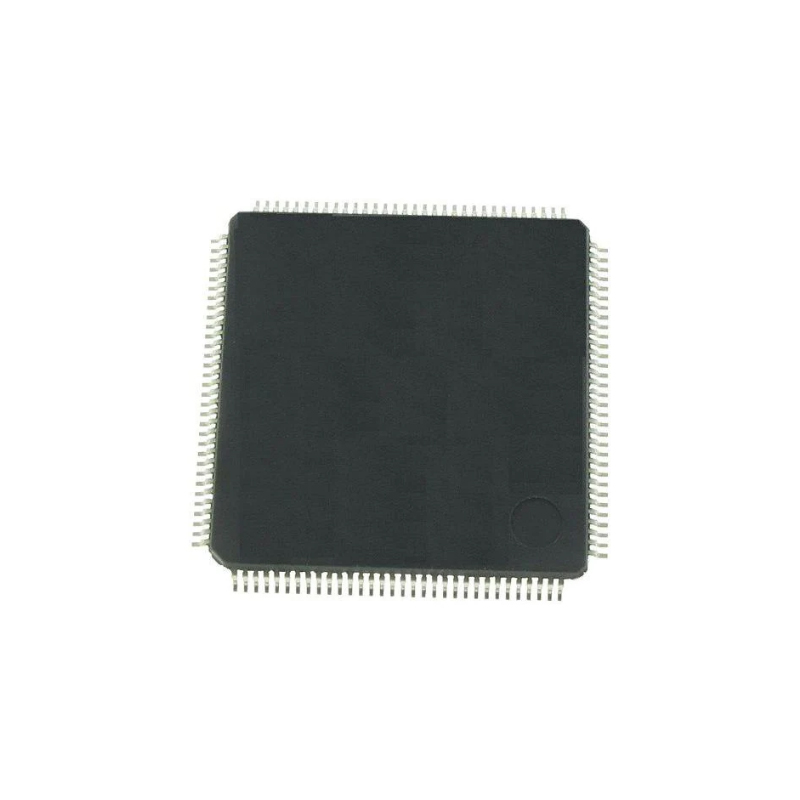
-
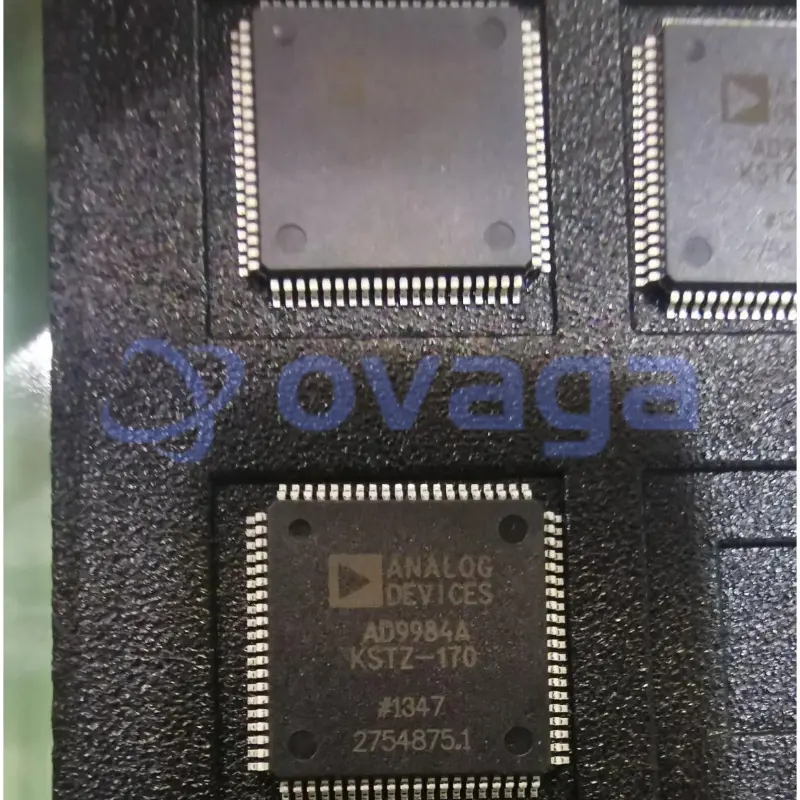
-
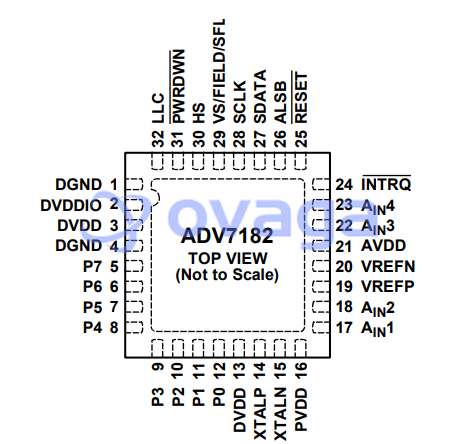
-

Infineon Technologies Corporation
60V Single N-Channel HEXFET Power MOSFET in a PQFN...
-
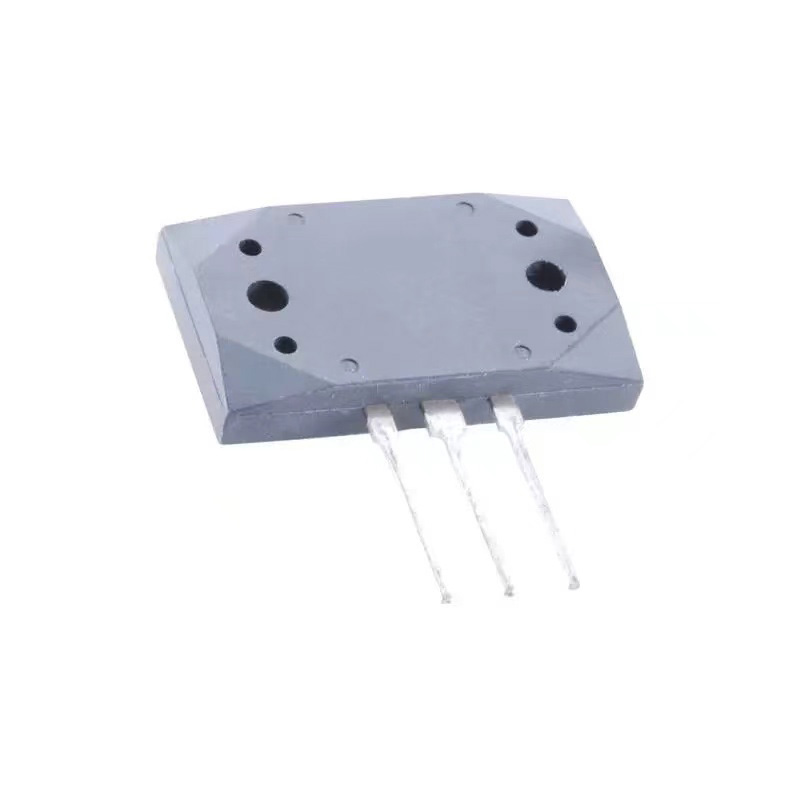
Infineon Technologies Corporation
A 30V Single N-Channel HEXFET Power MOSFET in a Di...
-
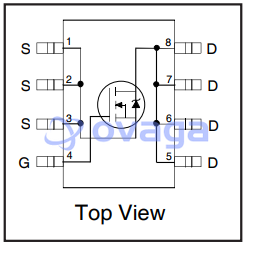
-
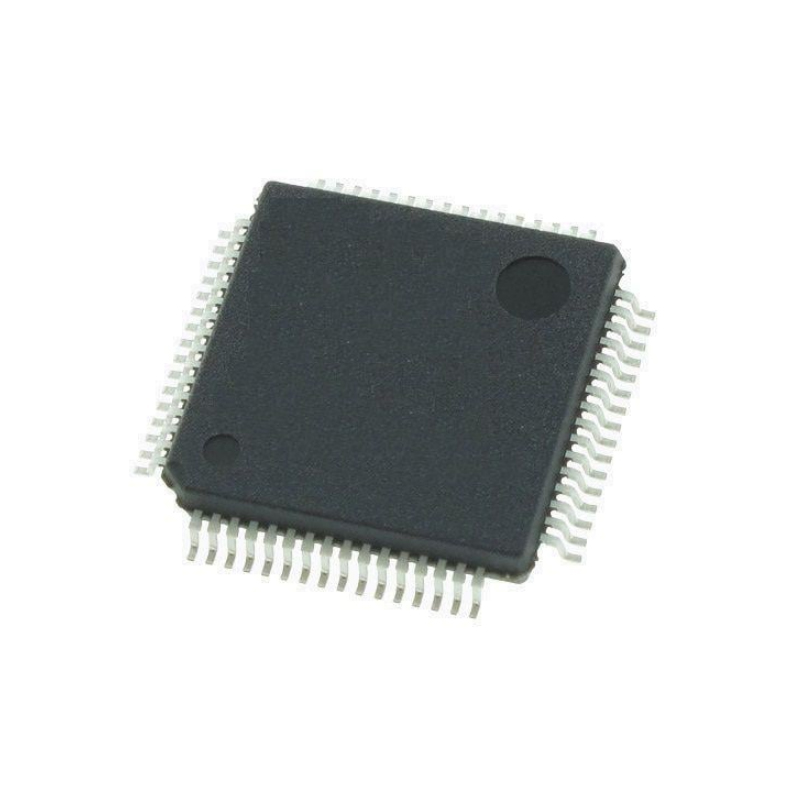
-

-
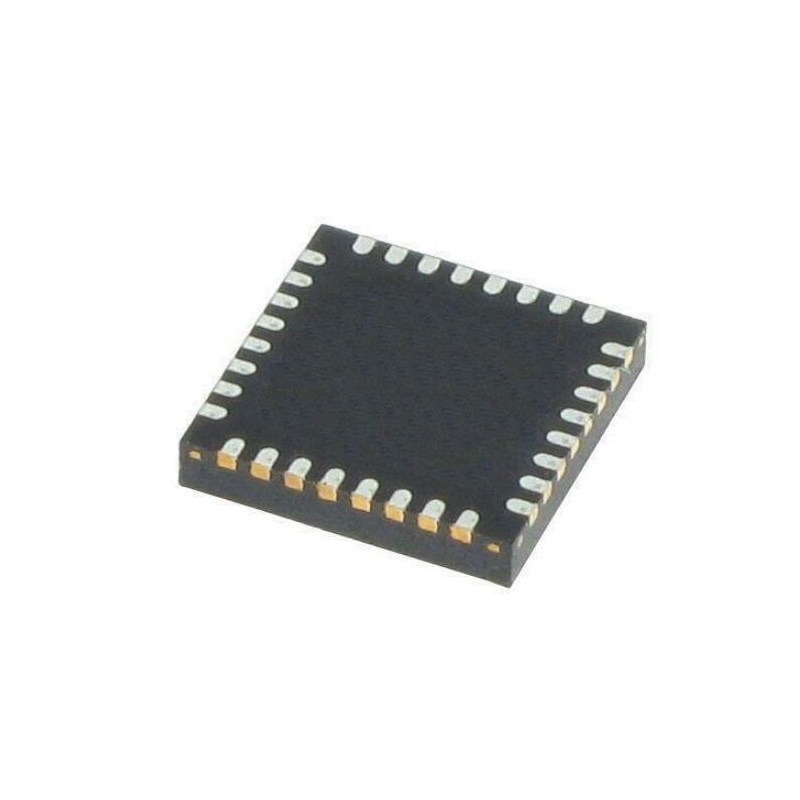
-
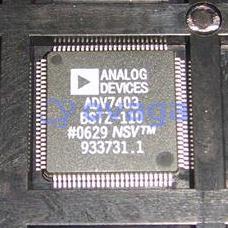
-
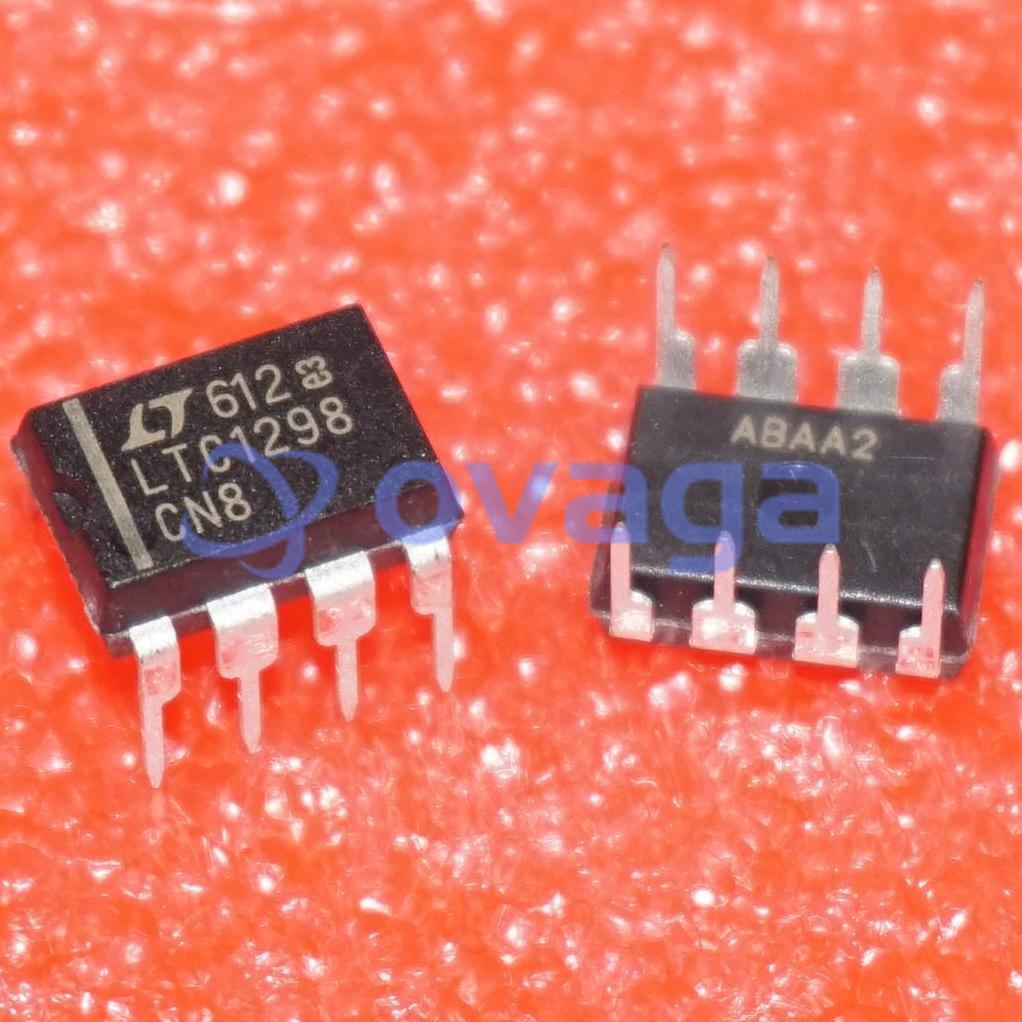
-
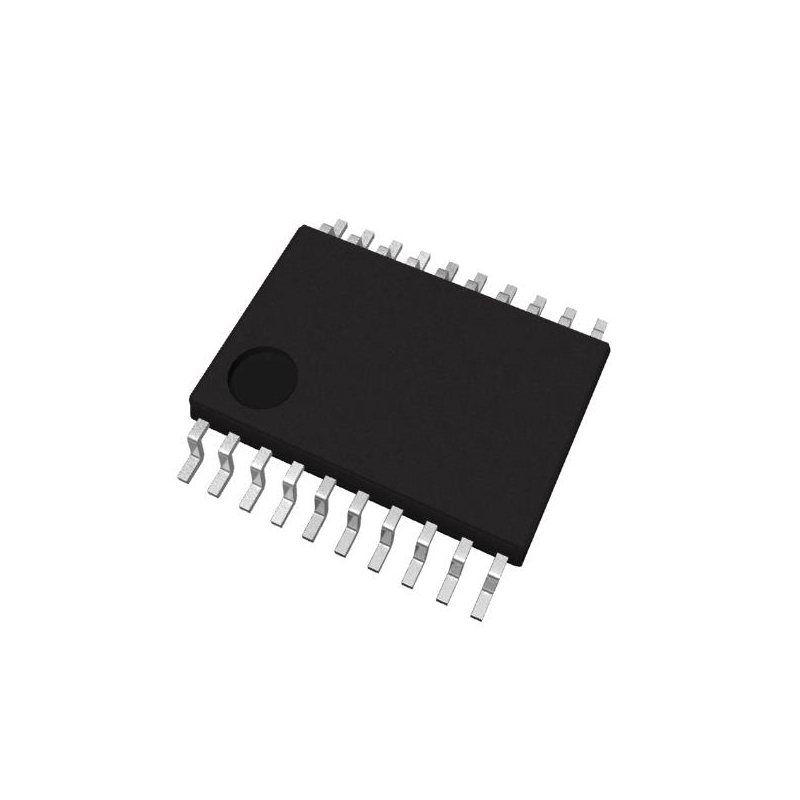
-
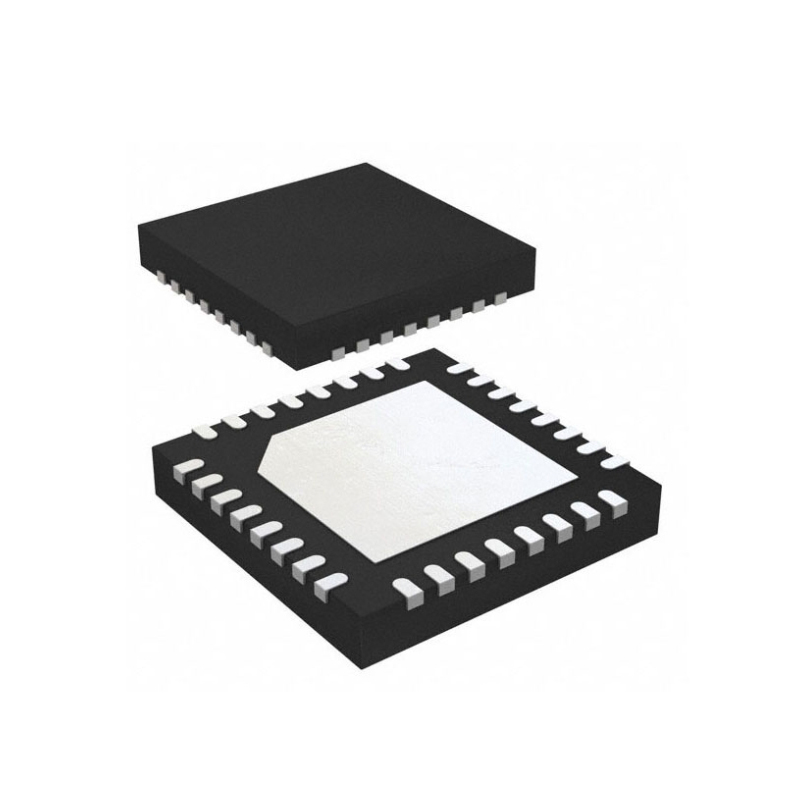
-
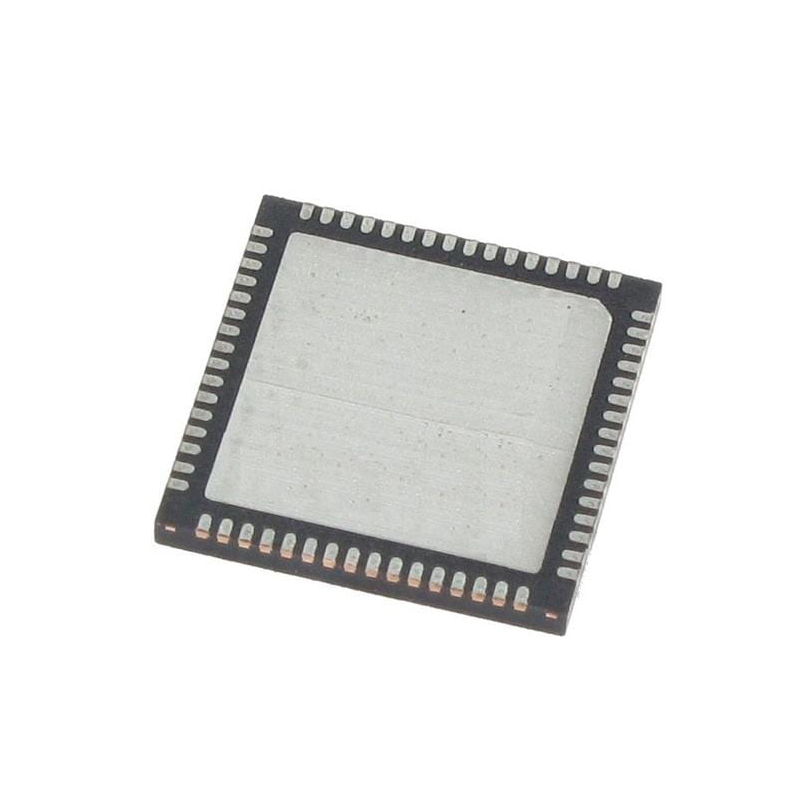
-









